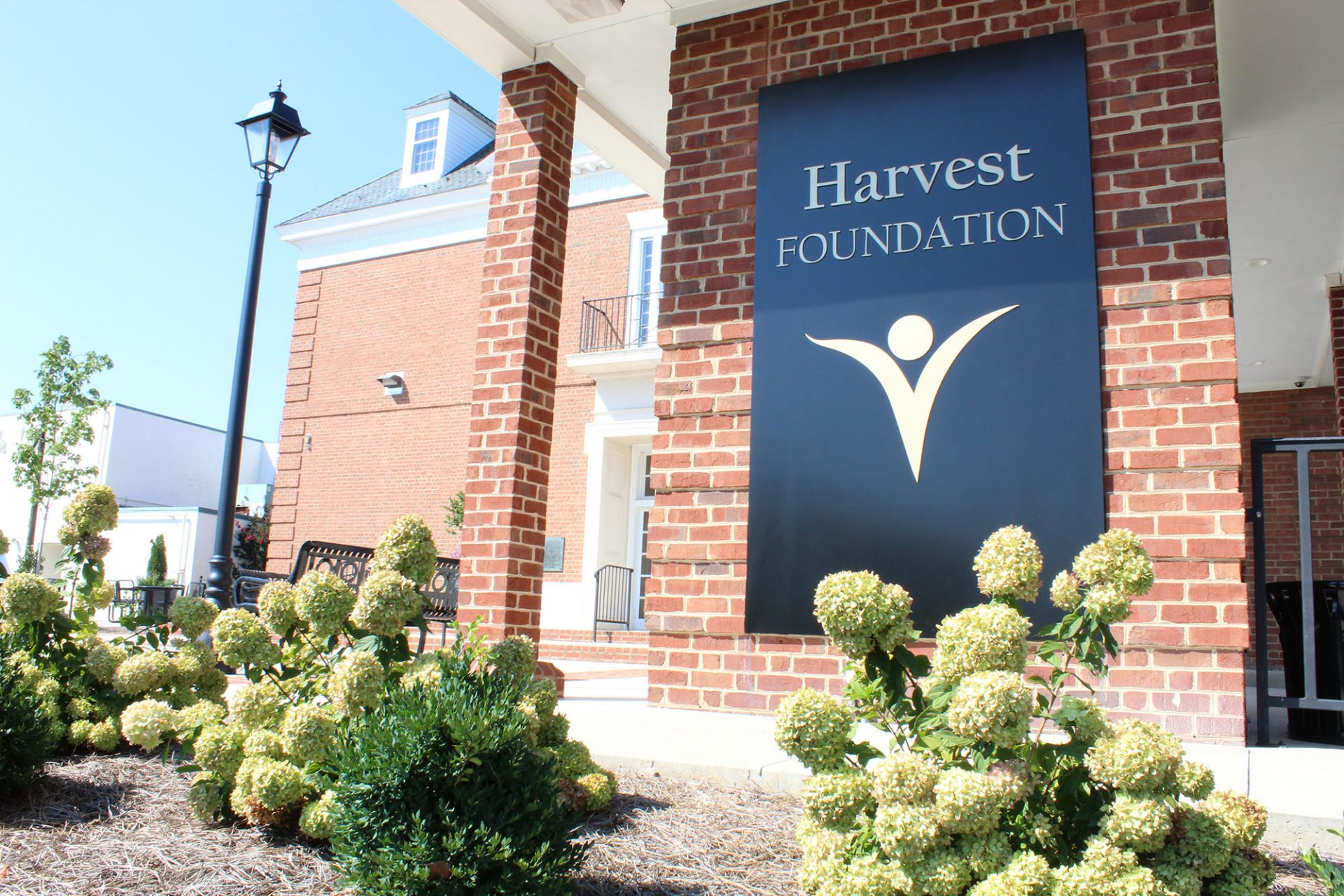
By Kim Barto Meeks
How does a lack of available childcare hurt the workforce, and what can be done to address the issue?
Those are some of the questions The Harvest Foundation, city and county governments, and their business and community partners are exploring as part of a planning grant from the Department of Housing and Community Development. The city of Martinsville served as the lead on the grant application.
Before the partners can find solutions, first they have to learn more about the problem. The process started with conversations between Martinsville-Henry County Economic Development Corporation, the United Way of Henry County and Martinsville, Smart Beginnings, the Virginia Department of Social Services, Henry County and Martinsville City schools, Patrick Henry Community College, the Martinsville-Henry County Chamber of Commerce, SOVAH Health-Martinsville and Eastman Chemical Company. Harvest then convened a series of public meetings in August to share their findings and is currently gathering feedback from local parents and childcare providers about the barriers and gaps in this area.
“The response so far has been phenomenal,” said Sheryl Agee, impact officer for The Harvest Foundation, who is coordinating the effort. “The power of coming together makes all things possible. We’re building a new system; what does it need to look like?”
Increasing access to childcare is important not only for the parents and children themselves, but for the region’s economic development, Agee said. “If we want to attract and retain high-quality employers, we need to remove barriers to parents participating in the workforce,” she said.
Locally, lack of childcare is one of those barriers. With that in mind, “How do we build the best childcare system for our youth? We want all children to have equitable access to a safe, quality learning environment,” she said.
However, there are many complex factors standing in the way of this goal. At the public meetings, Agee said, they heard feedback like “I need care outside of the ‘6 to 6’” (6 a.m. to 6 p.m., when day cares are typically open) and “I need infant care” from parents.
Childcare providers want to provide more infant care, “but it’s really expensive” and comes with many regulations, she said. For example, any room housing infants must have a direct exit to the outside in case of an emergency, meaning that many facilities are not set up to meet this requirement without making renovations.
Harvest is asking providers “What do they see that parents are struggling with?” Agee said. “We already have many excellent childcare providers in our community. How can we support them and help them increase capacity?”
Lack of capacity is one issue affecting the availability of care in this area. The Department of Social Services has a search tool for childcare providers by ZIP code on their website at www.dss.virginia.gov/facility/search/cc2.cgi. A search of 24112 shows only 18 providers, a mix of centers and home-based care. Many of these are limited to certain age groups, as well, such as the Boys & Girls Club sites at elementary schools that serve only children in those grades.
“We need more early childhood educators,” Agee said. Like all employers, low unemployment rates mean it’s harder to find childcare staff. Furthermore, she said, “it’s not an industry that pays a great deal.” The Bureau of Labor Statistics shows the mean hourly pay for childcare workers in Southside Virginia is less than $10.
Patrick Henry Community College is one partner in the study because the childcare issue affects them on multiple levels — first, their early childhood education program is a pipeline for training new workers. Also, lack of childcare is one of the top issues affecting the ability of PHCC students to complete their studies, PHCC President Dr. Angeline Godwin has said. Lack of a workforce credential or degree can then keep students out of the workforce, as well.
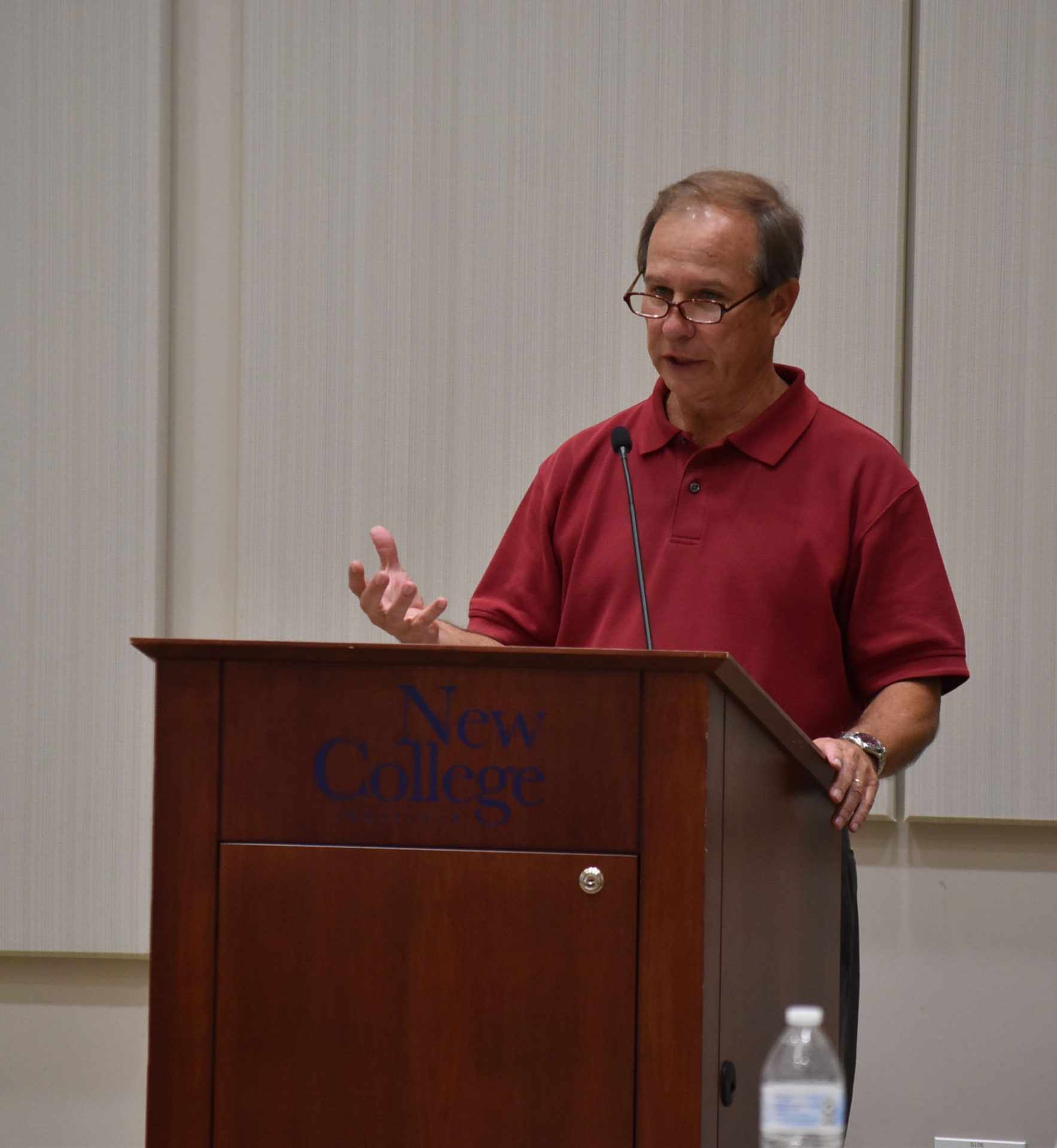
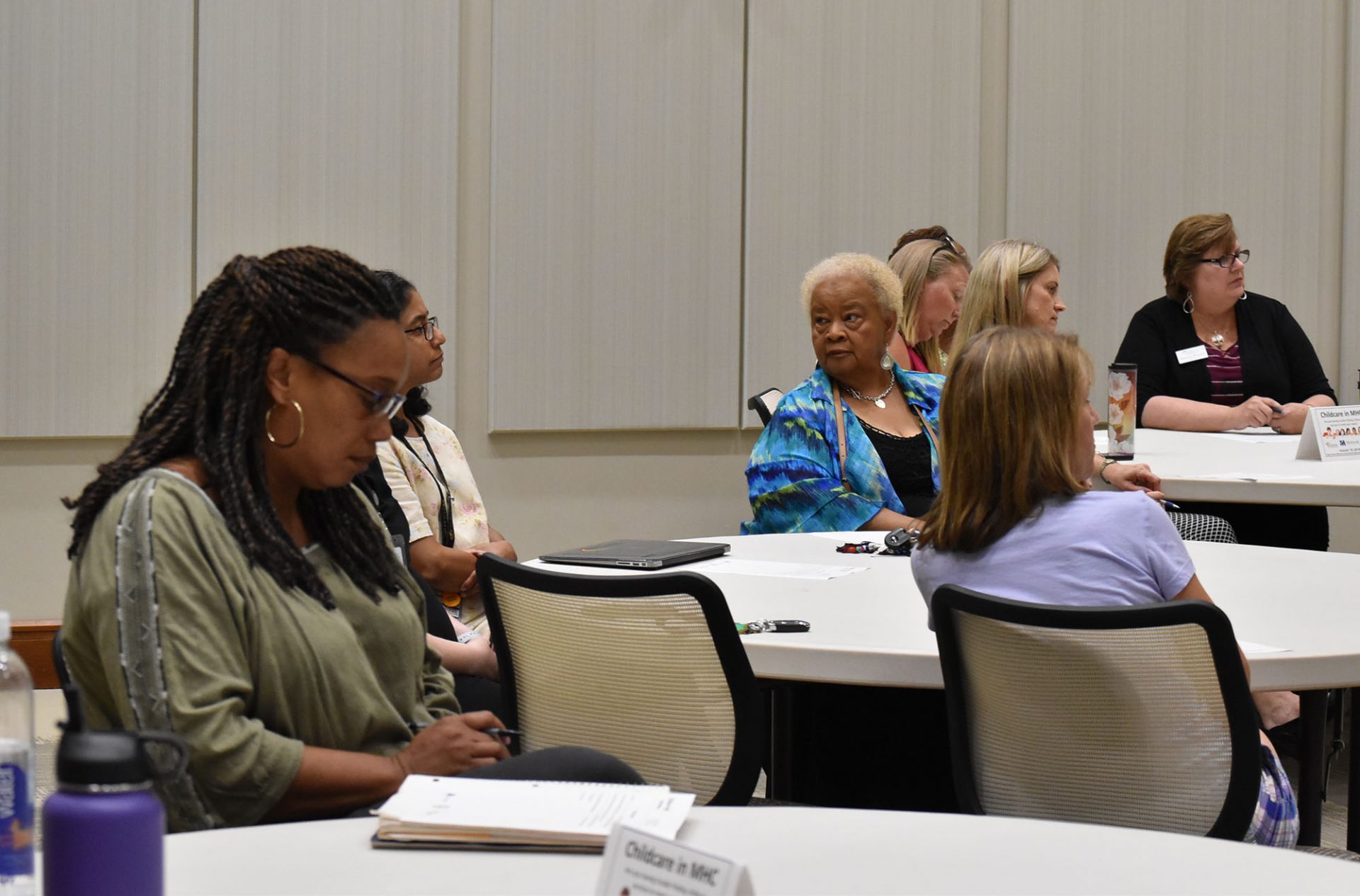
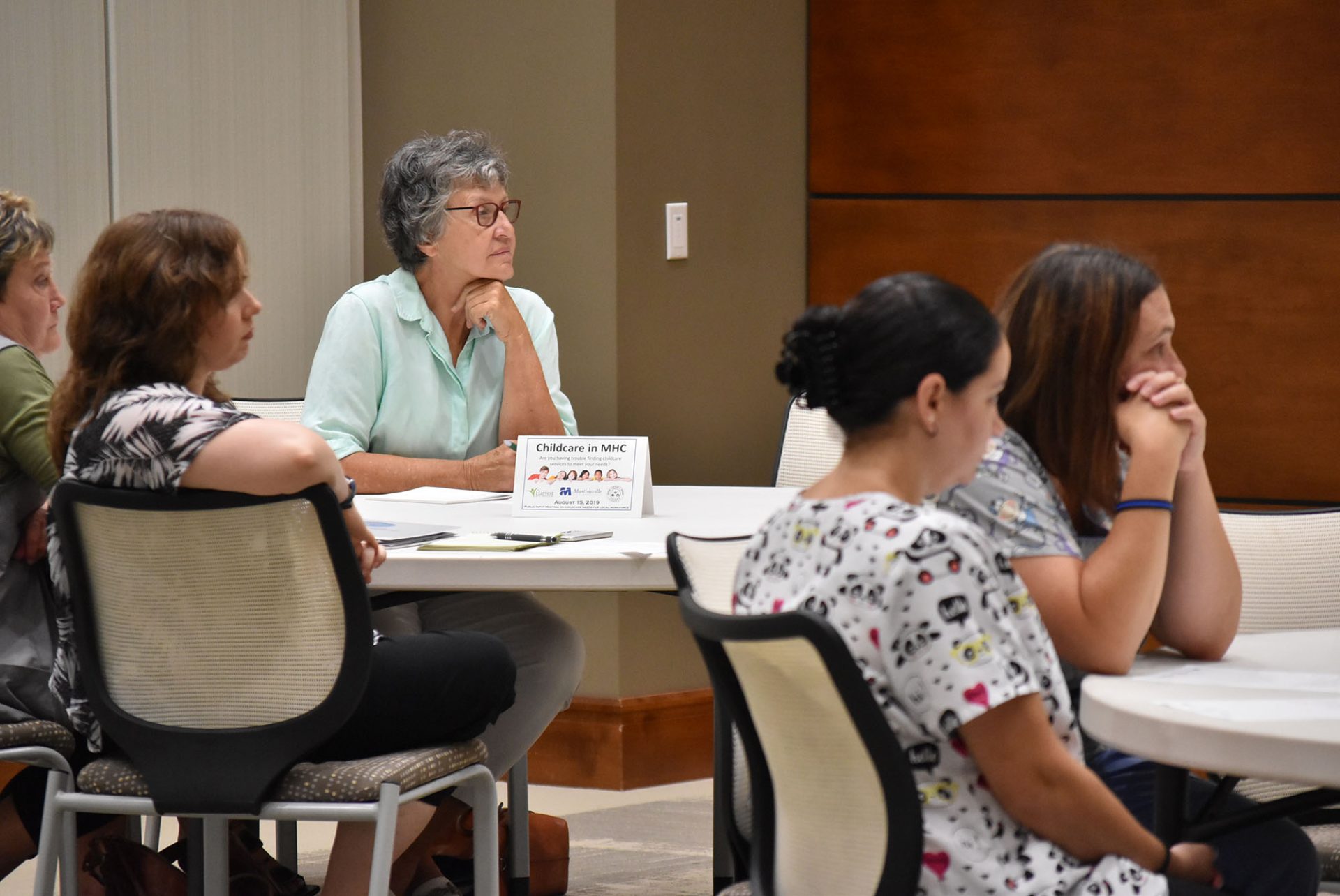 Then, there are financial barriers for parents. “Virginia has one of the highest childcare costs in the country,” Agee said.
Then, there are financial barriers for parents. “Virginia has one of the highest childcare costs in the country,” Agee said.
Between 2009 and 2017, the cost of childcare in Virginia grew more than seven times faster than the typical Virginia woman’s wage growth, according to a report from the National Women’s Law Center and Virginia Women’s Equality Coalition. The report estimated the cost of childcare for a typical full-time working woman in Virginia in 2017 would have consumed nearly one-third of her wages.

Those numbers include northern Virginia, however, so they may not reflect the economic reality in Southside. “We don’t know what the gap is here between wages and childcare costs, and we hope to find out,” Agee said.
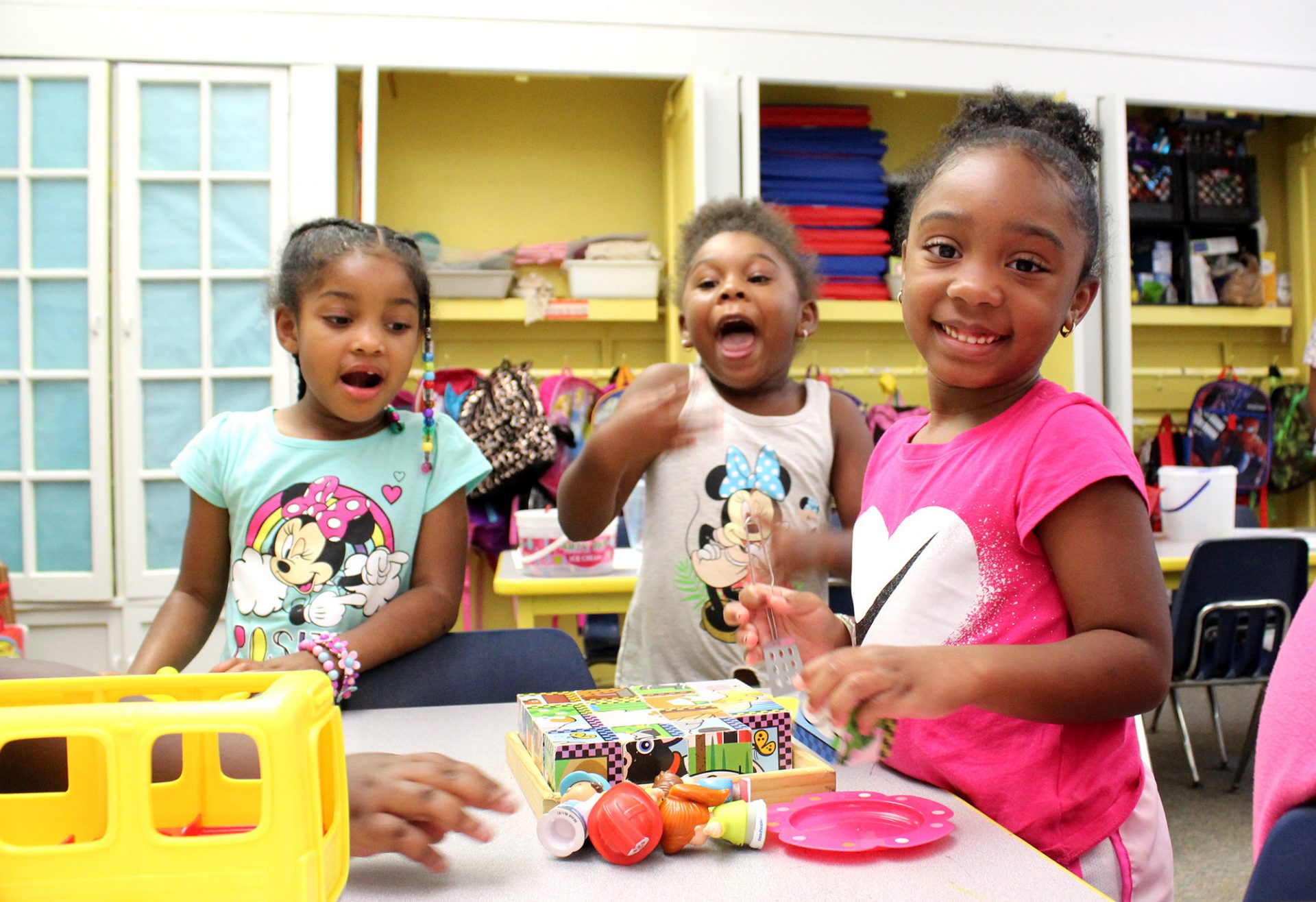
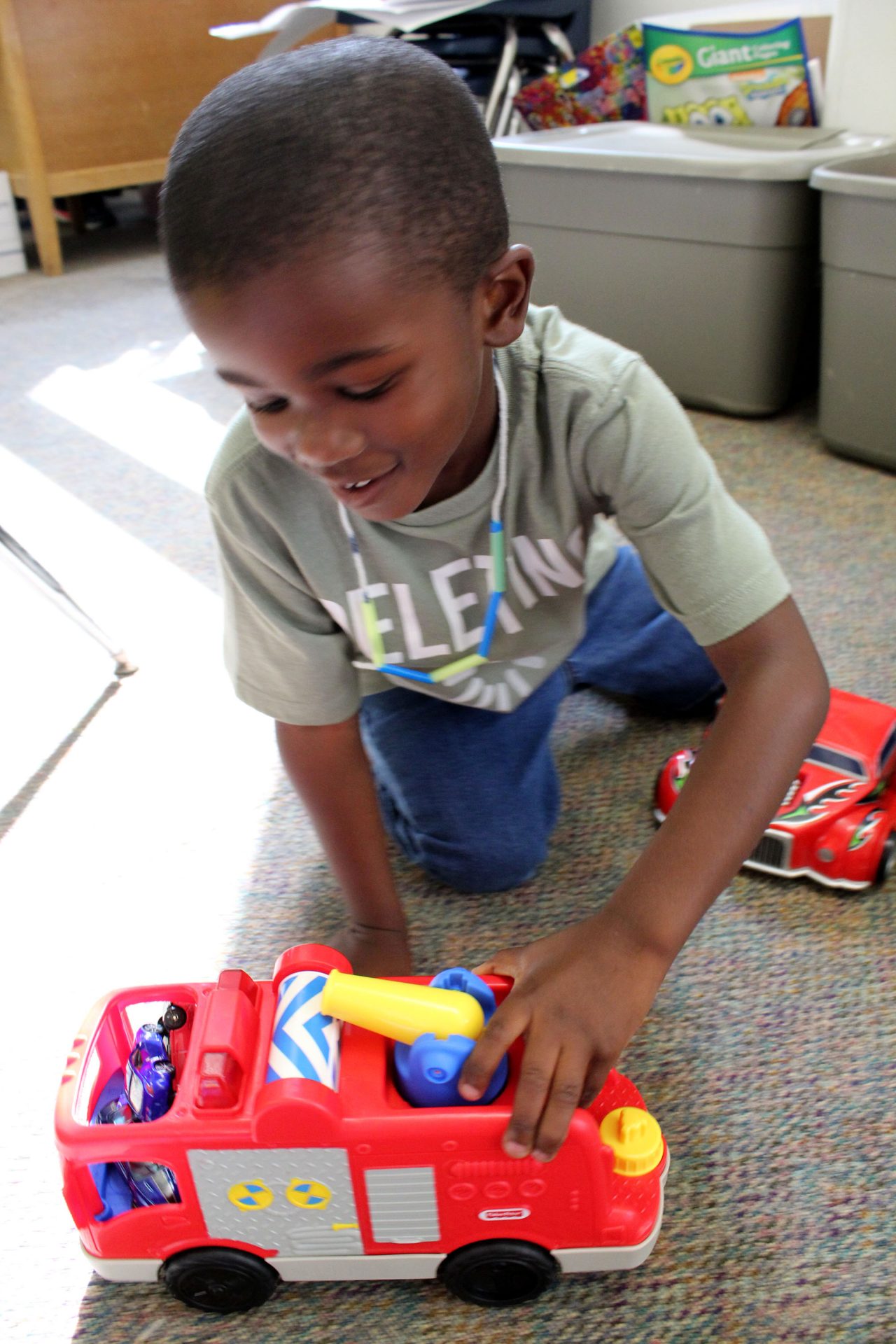
Lower-income parents may be eligible for childcare subsidies from the Department of Social Services to help with costs. Even then, Agee said, “the subsidies only cover 70 percent of the market rate.” She added that the application process is “complicated,” which may also deter eligible people from using this benefit.
Middle-class working parents can feel the financial impact of childcare even more because they fall through the cracks. “You make too much to qualify for the subsidy, but it’s still a sizeable cost,” Agee said.

Another challenge for parents is finding out information about local childcare, she said. “Parents need to have a mechanism for finding high-quality care. There’s not a really great communication system for parents to find out what’s available – it’s often word of mouth.”
Harvest is conducting surveys of local parents to learn more about these and other issues. “We know there is a need, but we need to identify how broad is that need. We’re asking, what does an ideal childcare setting look like to you?” Agee said.
Harvest will continue collecting data from stakeholders this fall, then evaluate what they’ve learned with help from the University of Virginia’s Weldon Cooper Center. Based on the community’s needs, they hope to identify some solutions and begin working on implementation by summer 2020. However, “it’s not a quick fix,” Agee said.
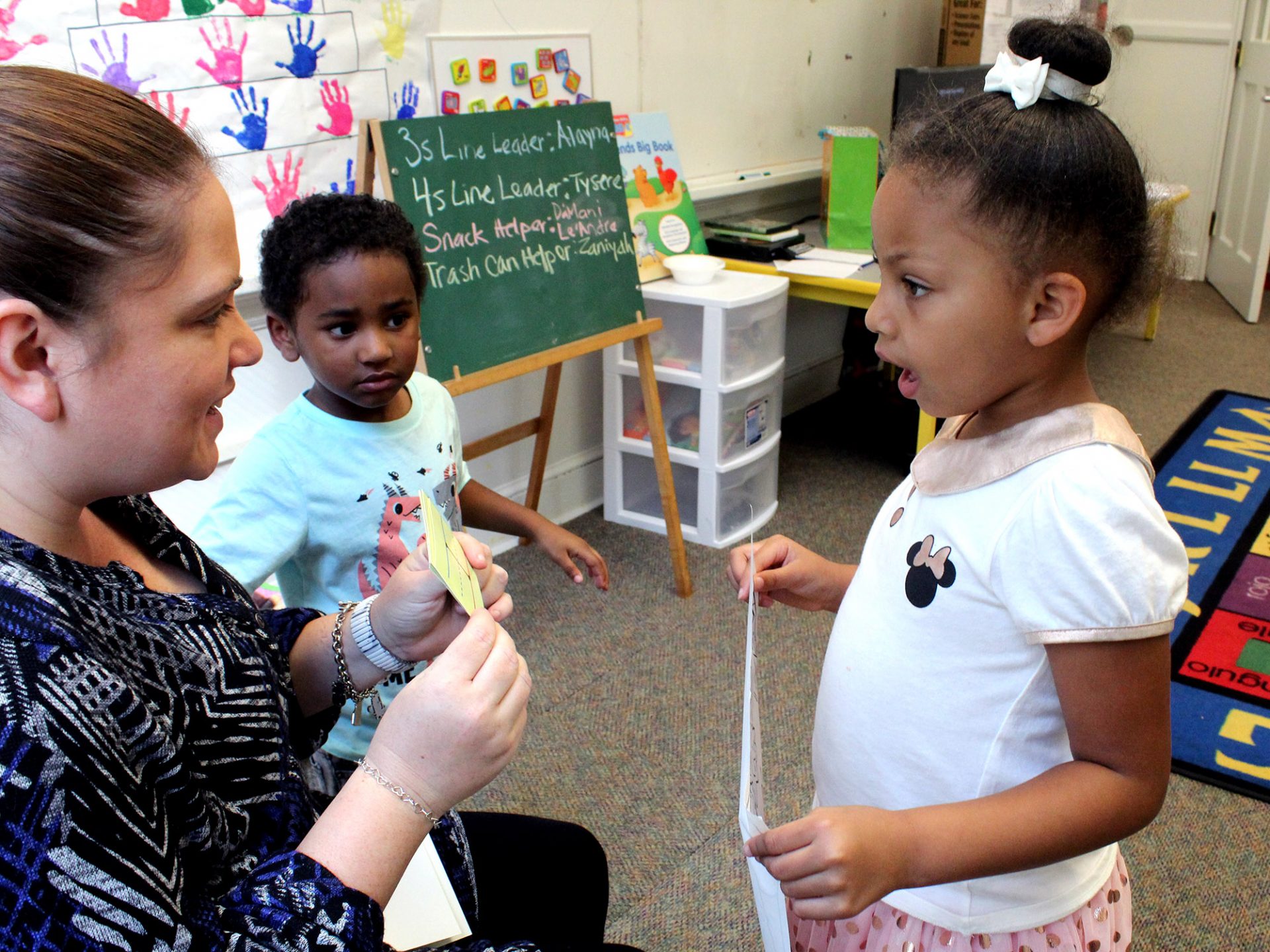
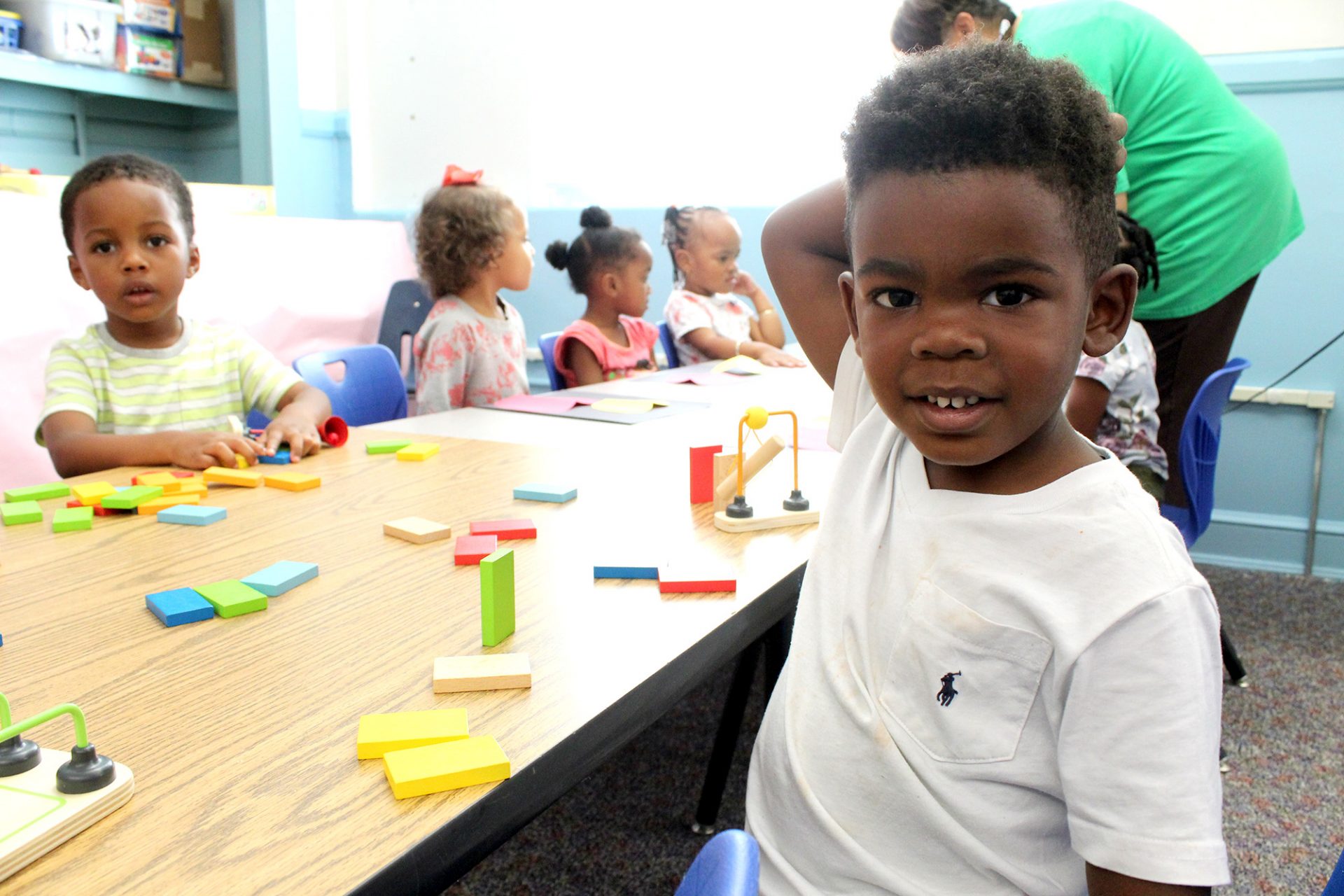

Some improvements are already in the works. For example, The Harvest Foundation recently awarded a $10,000 grant to the Boys & Girls Clubs of the Blue Ridge to help start their first afterschool site for preschool students in response to parent feedback. Parents of 3- and 4-year-old students at Clearview Early Childhood Center in Martinsville had reported problems finding afterschool care in the evenings.
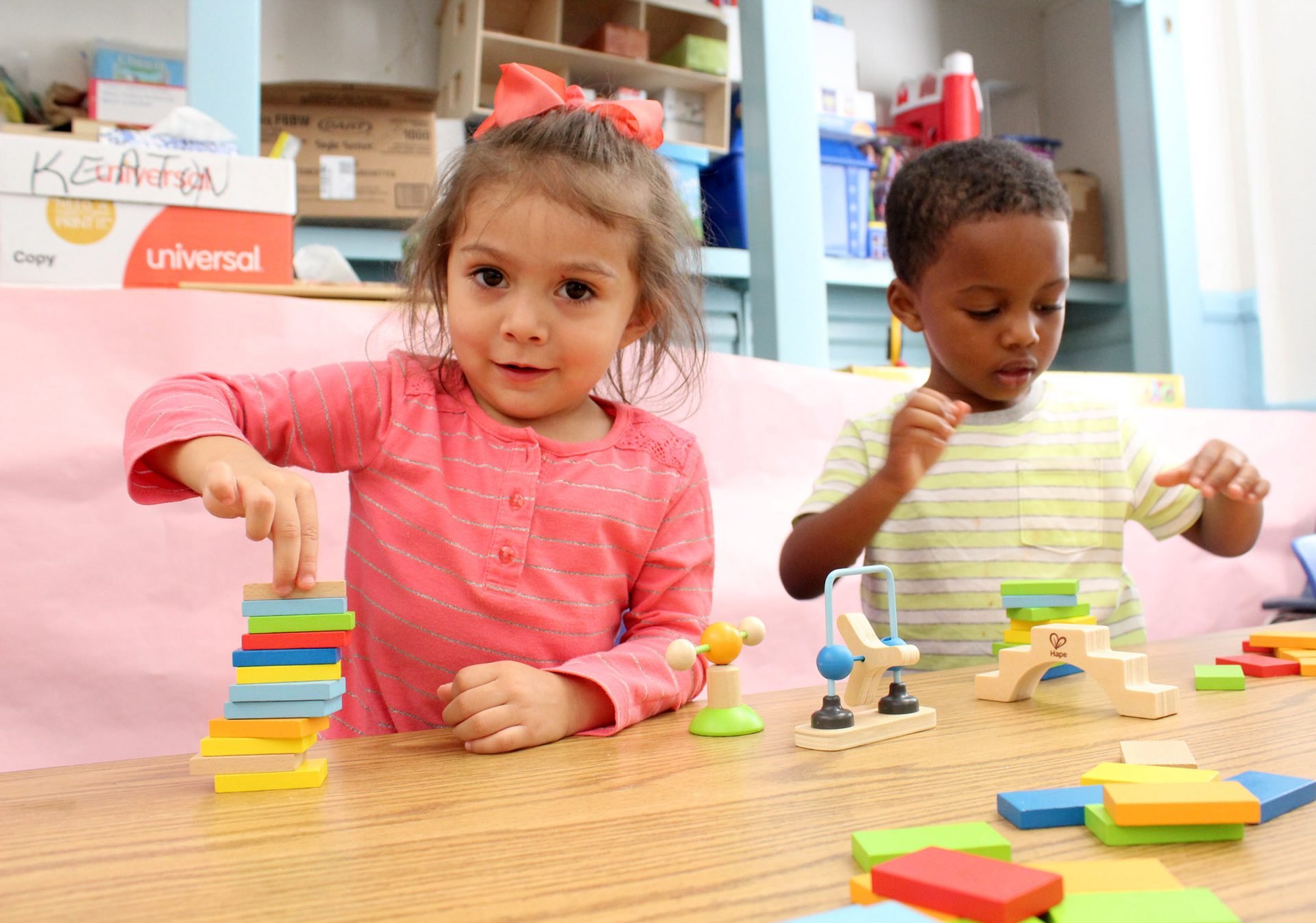
Martinsville already has a federal grant-funded Head Start preschool program, but not Early Head Start for ages 0 to 3. That could be another potential avenue for meeting local needs, Agee said.
Early childhood education is important because 95 percent of brain development happens from birth to age 5. “We’re building tomorrow’s workforce in those first five years,” Agee said. “If children enter kindergarten not ready for school, it affects their entire lives. Don’t we want the best and brightest to be leading our community tomorrow?”




